
“Administering immunotherapy in the morning seems to really, really matter. Why?” by Abhishaike Mahajan

LessWrong (30+ Karma)
Shownotes Transcript
Edit on 08/06/2024: At least one person has pointed out that, at one point, giving hypertensives at night were also thought to matter, a now disproven idea. Someone also mentioned how many times the clinical trial information was altered during the study. I added in a section at the end to discuss this.
There's a really interesting phenomenon in the immunotherapy field that has been going on for what seems to be several years now, but was raised to me — a non-oncologist — via a viral Twitter thread of some work at ASCO25:
Translating the jargon: amongst the patients who received their immunotherapy infusion before 3pm (as opposed to after 3pm), their cancer stayed under control for longer (11.3 months vs. 5.7 months) and on median lived longer (at least[1] 23.2 months versus 16.4 months). A near 2x~ improvement in the most important metrics doing something [...]
The original text contained 2 footnotes which were omitted from this narration.
First published: June 8th, 2025
---
Narrated by TYPE III AUDIO).
Images from the article:
 )
)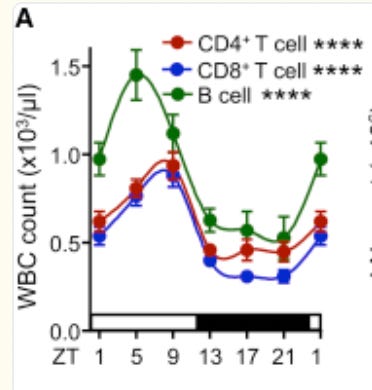 )
)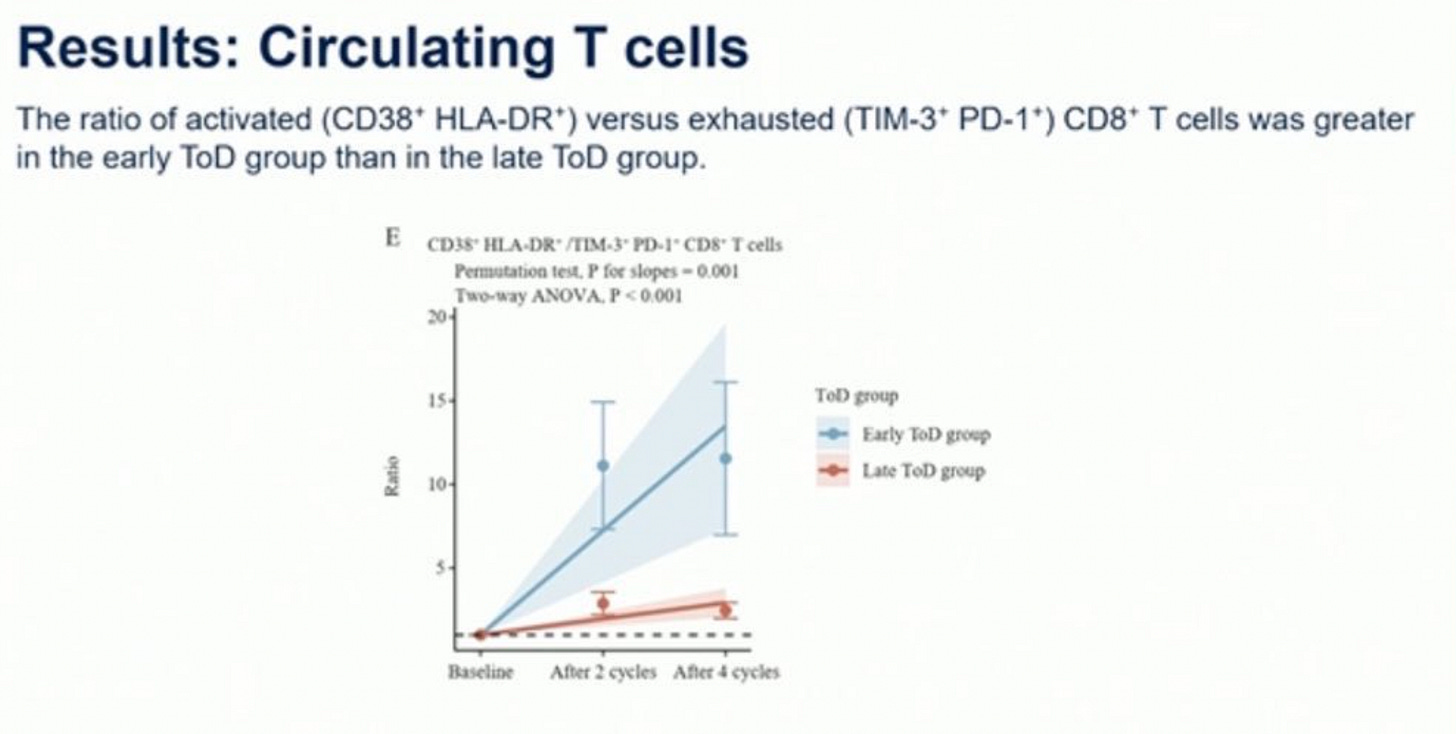 )
)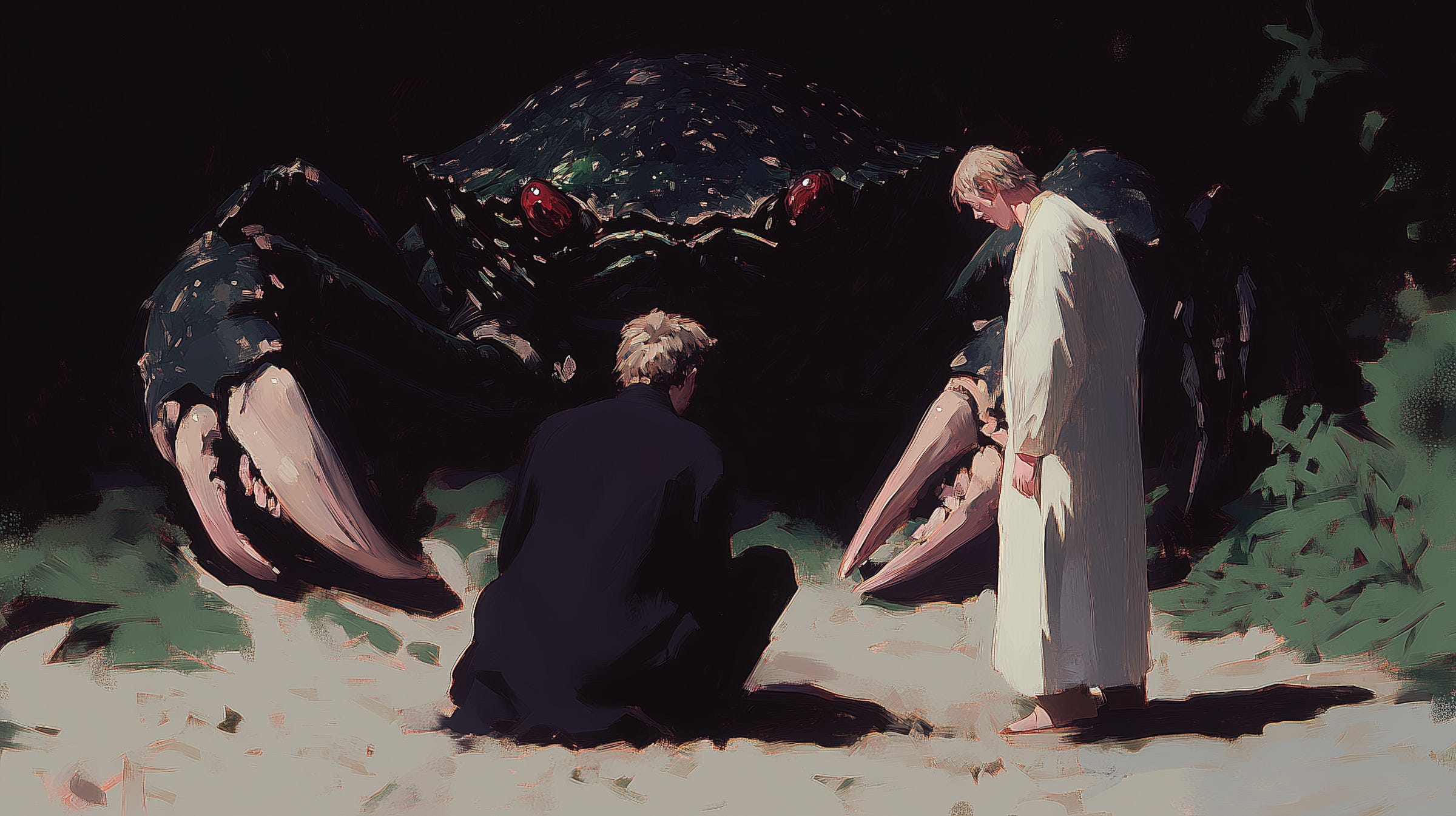 )
)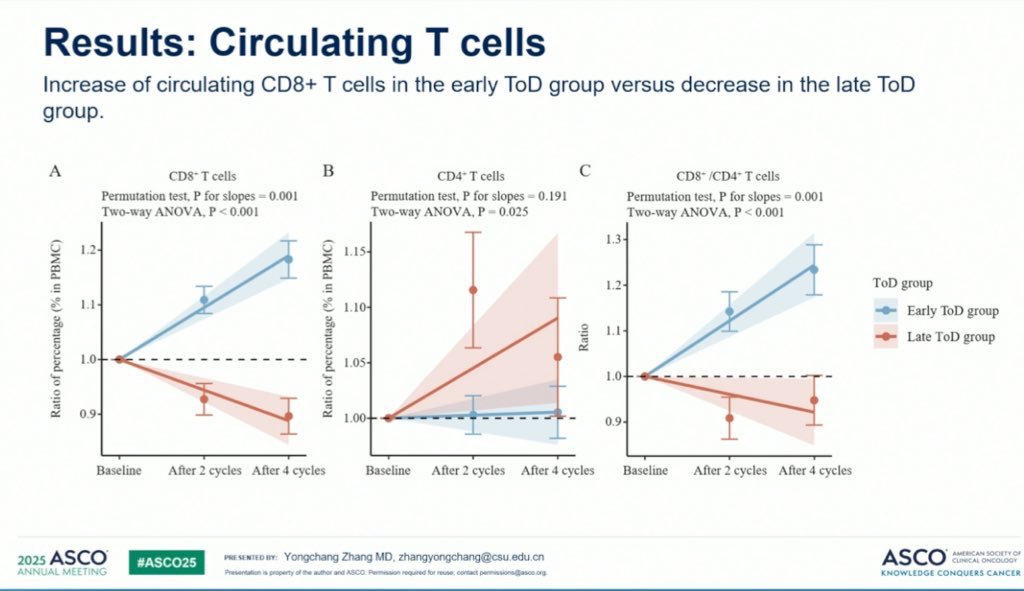 )
)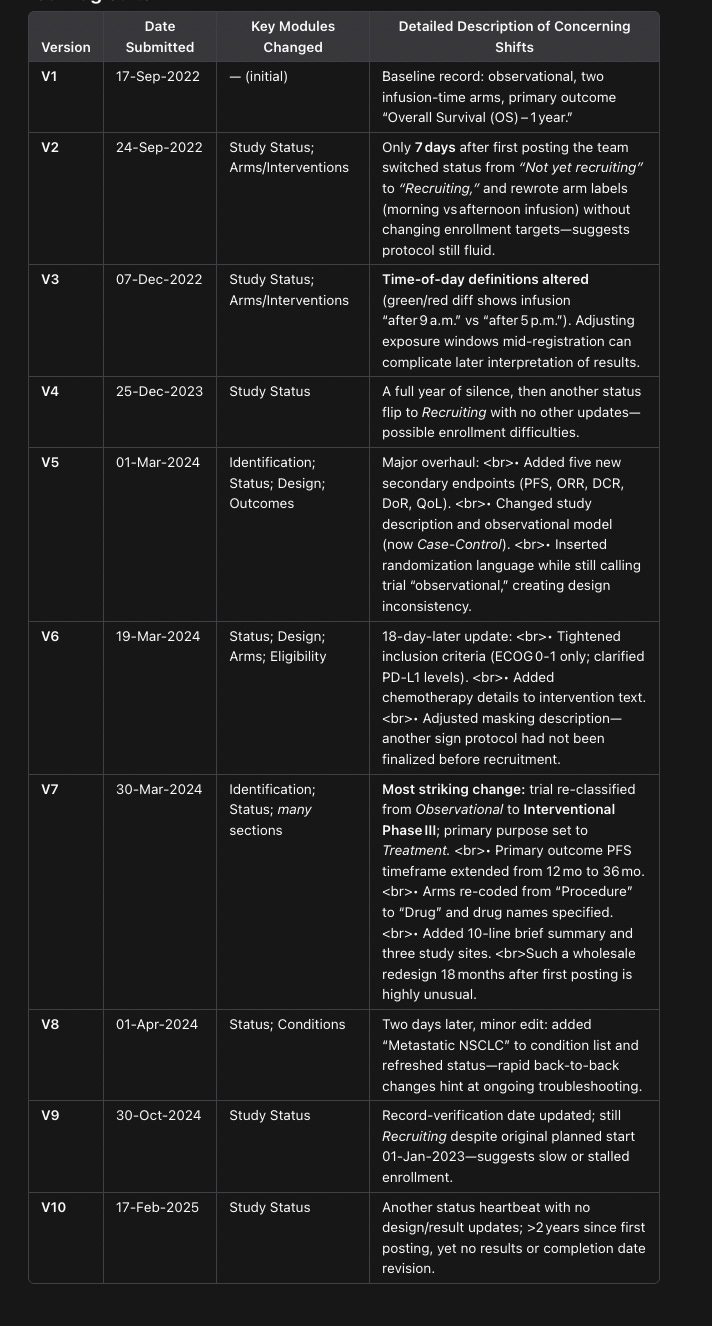 )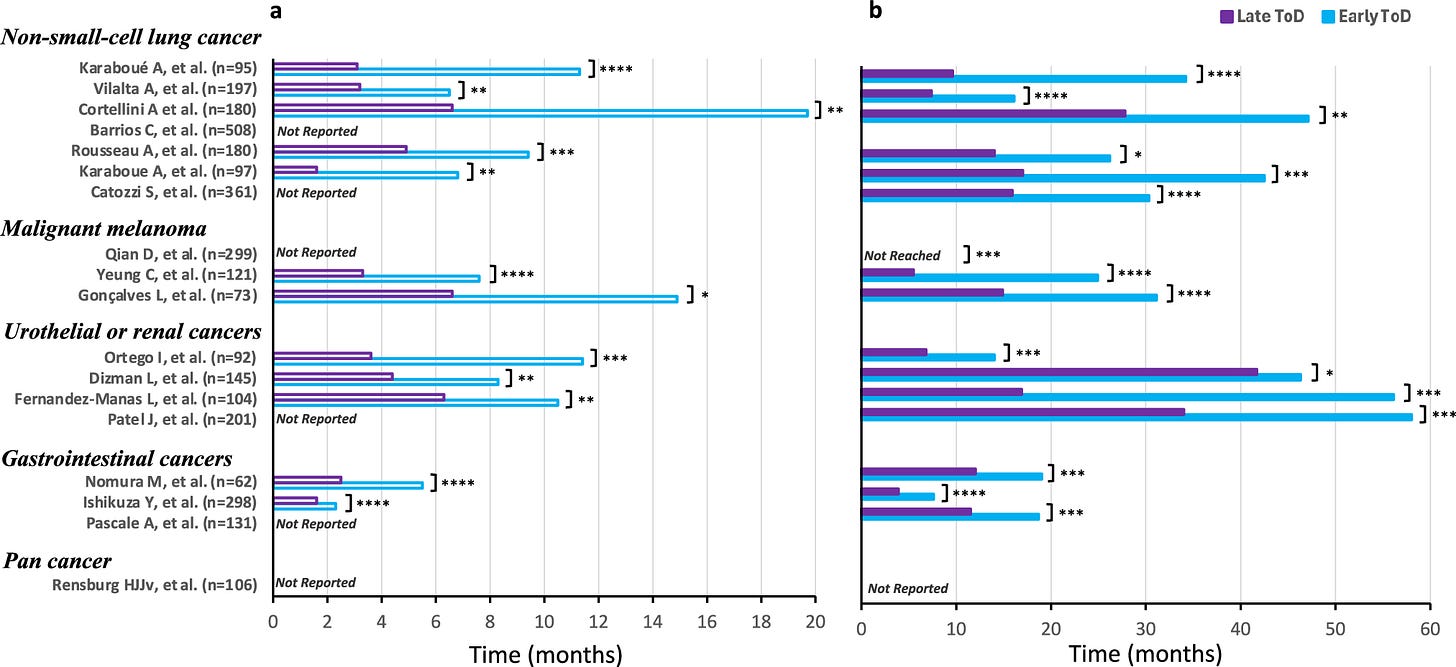)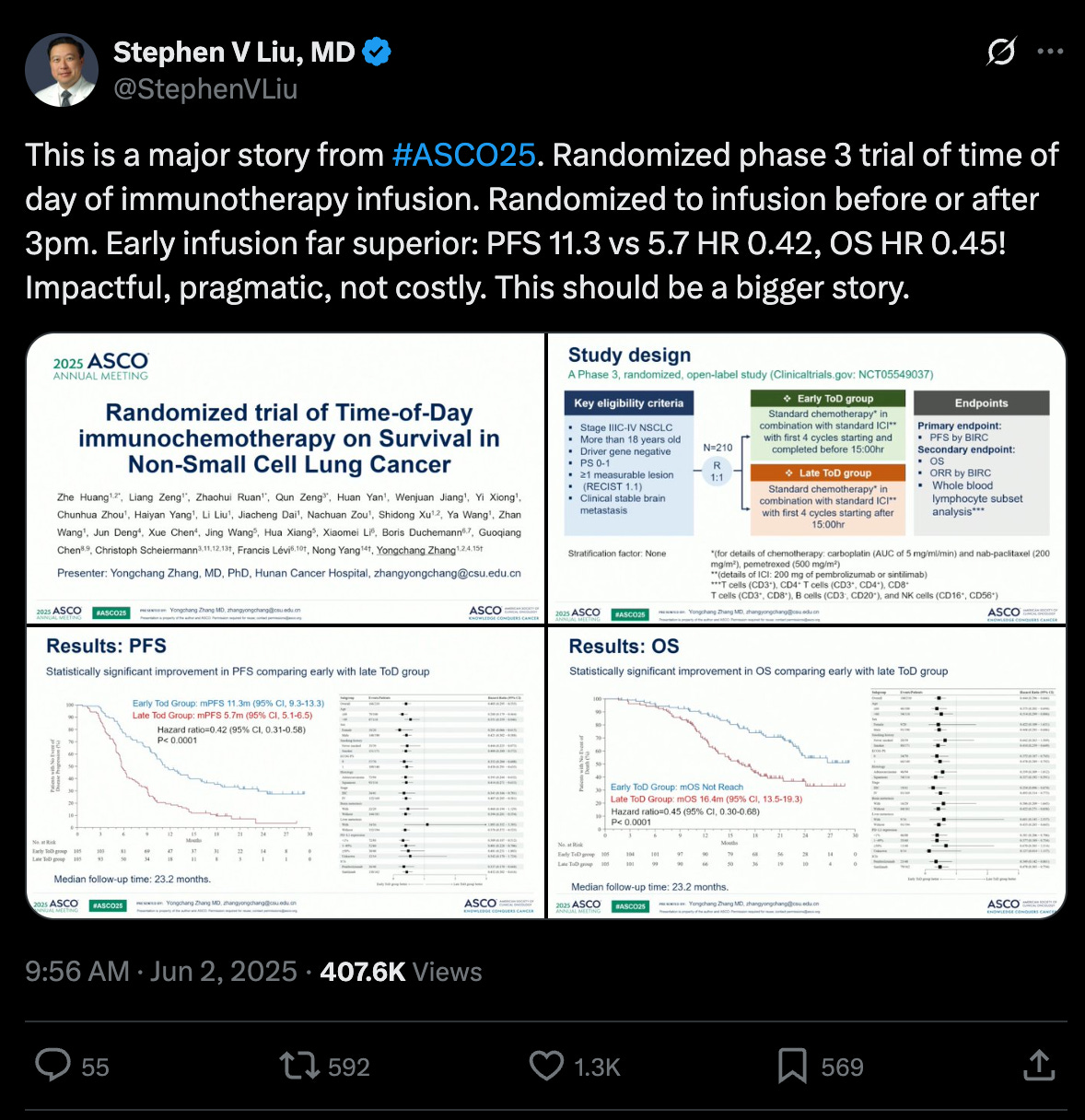)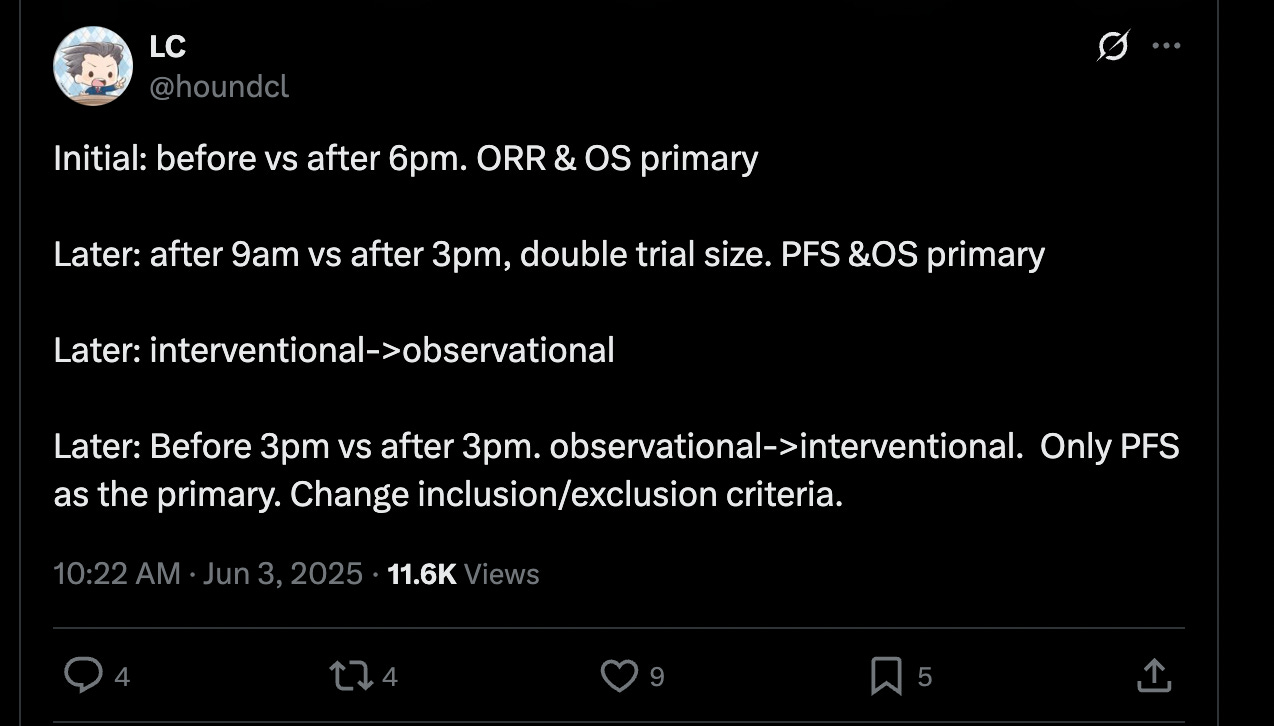observational. Later: Before 3pm vs after 3pm. observational->interventional. Only PFS as the primary. Change inclusion/exclusion criteria." The tweet shows a progression of changes to what appears to be a clinical trial design, with various modifications to timing, study type, and outcome measures." style="max-width: 100%;" />) Apple Podcasts and Spotify do not show images in the episode description. Try Pocket Casts), or another podcast app.